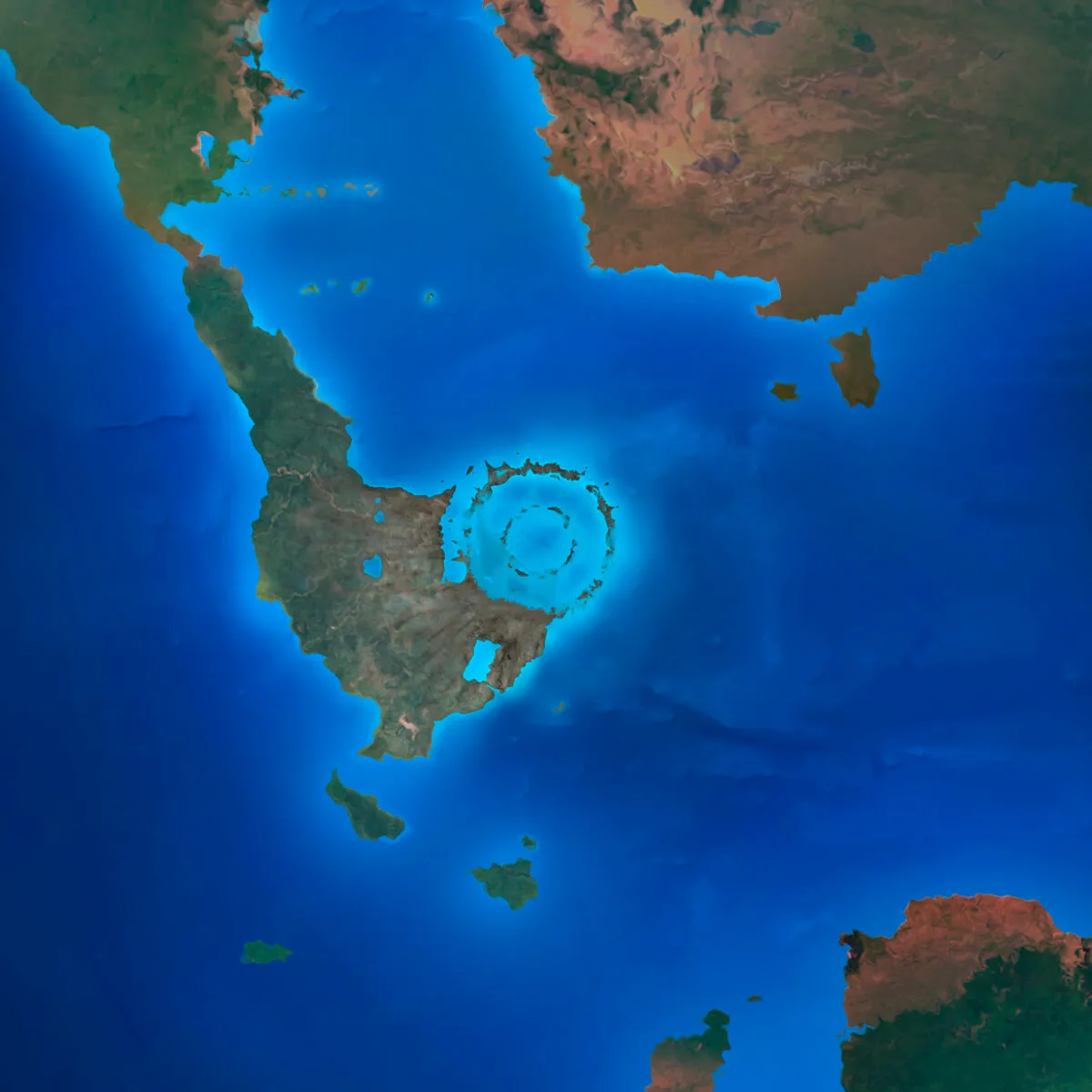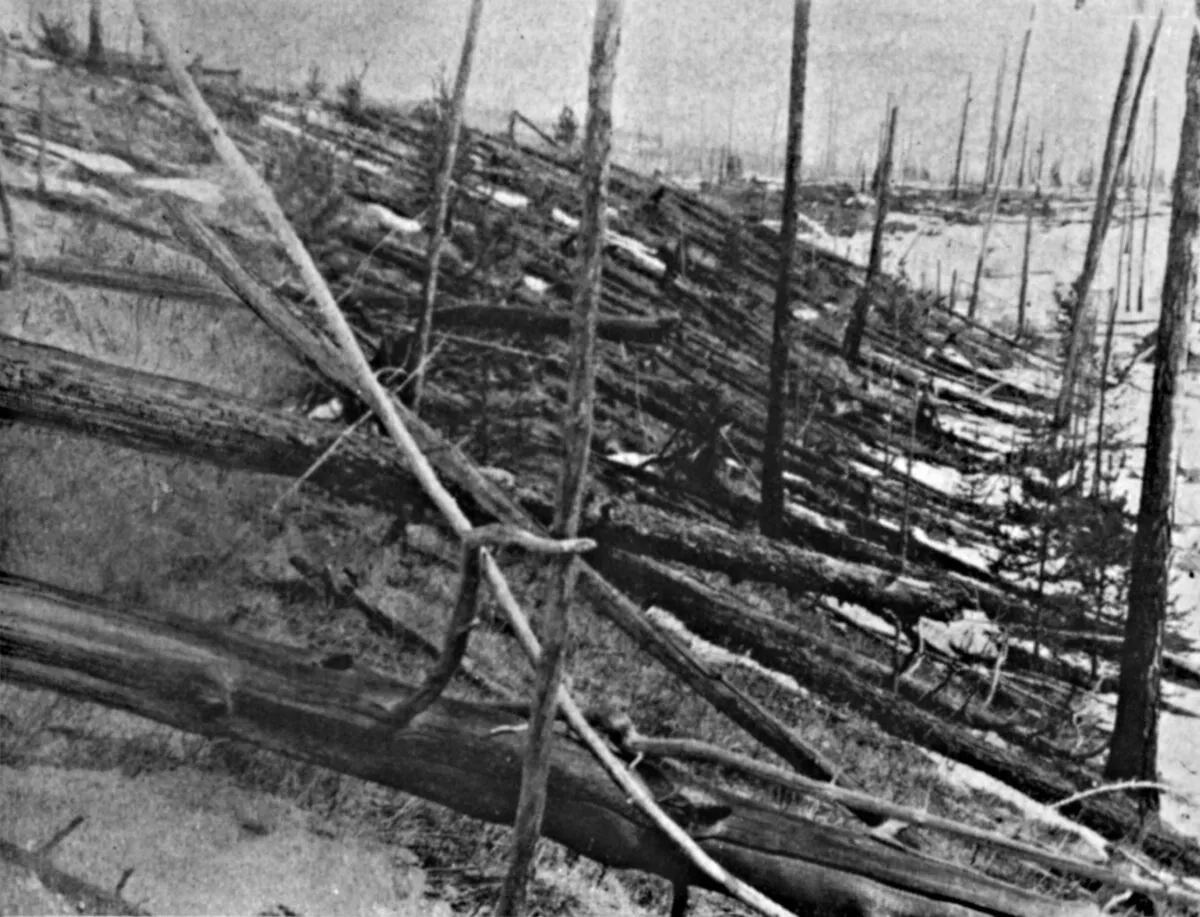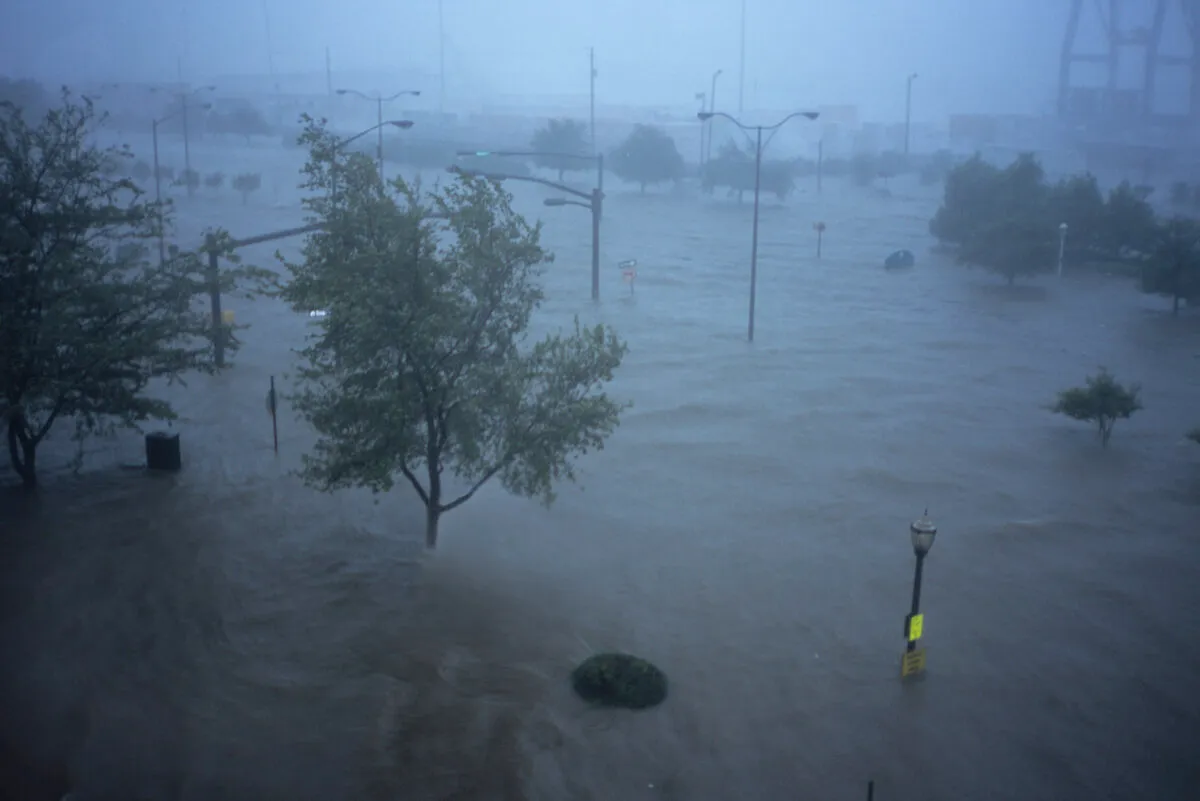We’ve been hearing a great deal lately about possible asteroid impacts, and disaster films such as Armageddon have been very popular.
Quite recently we saw the results of a direct hit on the surface of Jupiter, and we are all familiar with the impact craters on the Moon, Mercury and other bodies in the Solar System.
We have recently identified a tiny new crater on the Moon.
The Earth is not immune, and there is conclusive evidence of major impacts in the past.
It is widely believed that 65 million years ago, the dinosaurs were killed off by the results of the meteorite that left its traces as a large crater at Chixulub, Yucatan.

Not everybody agrees about this, and it may be that the extinction of the dinosaurs was gradual rather than sudden.
But there is no doubt at all about the existence of the Chixulub crater.
Now, an even larger crater 300 miles in diameter, has been identified in Antarctica.
It is not visible, because it is buried deep under the ice, but orbiting satellites that measure local gravity variations have located it.
It seems to be about 250 million years old, which is significant because this was the time of the close of the geological Permian period when, very suddenly, 90% of all creatures died.
The impacting asteroid may have been as large as 30 miles across.

Could an asteroid impact happen here and now?
If the Earth were hit by a missile of this size, there would not be much we could do about it, and it is most unlikely that life could survive.
Luckily, the chances of this happening in the foreseeable future are very low, and there’s no point in worrying about it.
There have been lesser impacts: the last was in Siberia in 1908, when pine trees in the Tunguska region were flattened over a wide area.
There were no human casualties, simply because nobody lived there, but if the impactor had hit a city, the death toll would have been colossal.

We must not be complacent.
A strike of this magnitude could happen at any time. Maverick asteroids are much more common than we used to think, and recent wanderers have passed us by at distances of less than that of the Moon.
The tiny Apophis will come unpleasantly close several times within the next 30 years, and will no doubt cause intense interest – and not only among astronomers.
We may be hit tomorrow, next week, or not for many centuries.
But it’s as well to make what preparations we can, and in my view there is one aspect which has been overlooked.
The main focus has been on ‘prevention’. If we found an asteroid on a collision course, we might be able to divert it, provided it were small enough and we saw it early enough.
Trying to break it up would be pointless; if we succeeded, a single object would merely be replaced by an equally deadly shower of shrapnel.
(Note: Patrick somewhat predicted the recent DART impact mission with this comment!)
But if we failed, and had to face devastation over a wide area – what then?
Preparing for disaster

What really prompted me to write this column was the turn of events in New Orleans in the aftermath of Hurricane Katrina last year.
Yes, I know that it was not due to a meteorite, but it was both unexpected and devastating.
Part of the city was flooded, and the result was total chaos. Help did not come quickly and the situation went from bad to worse before the authorities really grasped what was happening.
There was no check on crime, there was looting, and conditions inside the main ‘safety’ centre were indescribable.
Even when help did arrive, it took a long time to bring things back to any semblance of normality.
There are no doubt many parts of the world where this would not have happened in the same way, but New Orleans was a warning to us all.
Apart from the material damage caused by an impact, nations have to reckon with immediate lawlessness, plus the breakdown of all communications and essential services.
So what preparations should we make?
I am not trying to be alarmist, but the facts must be faced.

If the 1908 Siberian impactor had fallen in, say, St Petersburg instead of in desolate tundra, not much would have been left of Russia’s second city.
What we need is a global organisation to take charge if an emergency occurs.
But at the moment anything of the kind is out of the question, and the UN would be as supine as it has proved to be with Iraq, Israel and Lebanon.
We can only hope that things will be different by the end of the century, and that no major impact will be felt before then.
Meanwhile, nations will have to make their own arrangements.
In Britain and the US, serious efforts are at last being made to track as many potentially hazardous asteroids (PHAs) as possible.
Most are real midgets, much less than a mile across, and only one, Ganymed, is as much as 30 miles in diameter (do not confuse it with Ganymede, the third satellite of Jupiter, which is larger than the planet Mercury!).
But there are many more which we have not tracked, and of course we also have to reckon with comets, which come from afar and which we cannot predict.
So remember New Orleans. We may not be able to control an asteroid or menacing comet hitting Earth, but we must at least do our best to control human nature.
One final point. Remember there is a basic difference between meteorites and shooting star meteors.
Meteors are cometary debris, of sand-grain size, and when they dash into the atmosphere they burn away when still 40 miles above ground level; meteorites are solid bodies not associated with comets
So next time you go outdoors at night to enjoy the spectacle of a meteor shower, you need have no fear of being hit on the head by a slab of tumbling rock.
This article originally appeared in the November 2006 issue of BBC Sky at Night Magazine.
